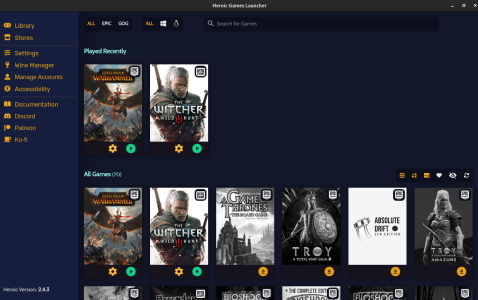FSCDiablo
Limp Gawd
- Joined
- Jul 3, 2003
- Messages
- 390
One of the fun things about popsicles and linux is getting to try out different flavors. I've been on Manjaro with KDE as desktop and serving files, Plex, and Pi-hole for my house 24/7 for a couple of years now without a single hiccup. Before that was KDE Neon. which only ever had 1 small issue. Sometime this summer I'm going to upgrade my storage ad while I'm at it I think I'll make a change again.
While Manjaro has been hiccup free I do sometimes feel like upgrading most of the system 1 or two times a month is becoming unnecessary. Yes it's just a click of a few buttons, but outside of security updates most updates aren't honestly adding anything I'll ever notice. So think I'm going to give the venerable old vanilla Debian an install when I get the new drives. It should have a new release out in the next few months. I'm familial with linux enough now I can set it up how I want it just fine. I just want to set it and forget it for a couple of years while just getting security updates when needed. Some apps while update frequently like Steam or Discord but that's okay.
I've been on KDE forever, but I think I'll load up some other DEs on the VM from Deb Testing and see how the others look/feel. Never hurts to look.
Anyone else get that itch every few years too?
While Manjaro has been hiccup free I do sometimes feel like upgrading most of the system 1 or two times a month is becoming unnecessary. Yes it's just a click of a few buttons, but outside of security updates most updates aren't honestly adding anything I'll ever notice. So think I'm going to give the venerable old vanilla Debian an install when I get the new drives. It should have a new release out in the next few months. I'm familial with linux enough now I can set it up how I want it just fine. I just want to set it and forget it for a couple of years while just getting security updates when needed. Some apps while update frequently like Steam or Discord but that's okay.
I've been on KDE forever, but I think I'll load up some other DEs on the VM from Deb Testing and see how the others look/feel. Never hurts to look.
Anyone else get that itch every few years too?
![[H]ard|Forum](/styles/hardforum/xenforo/logo_dark.png)
